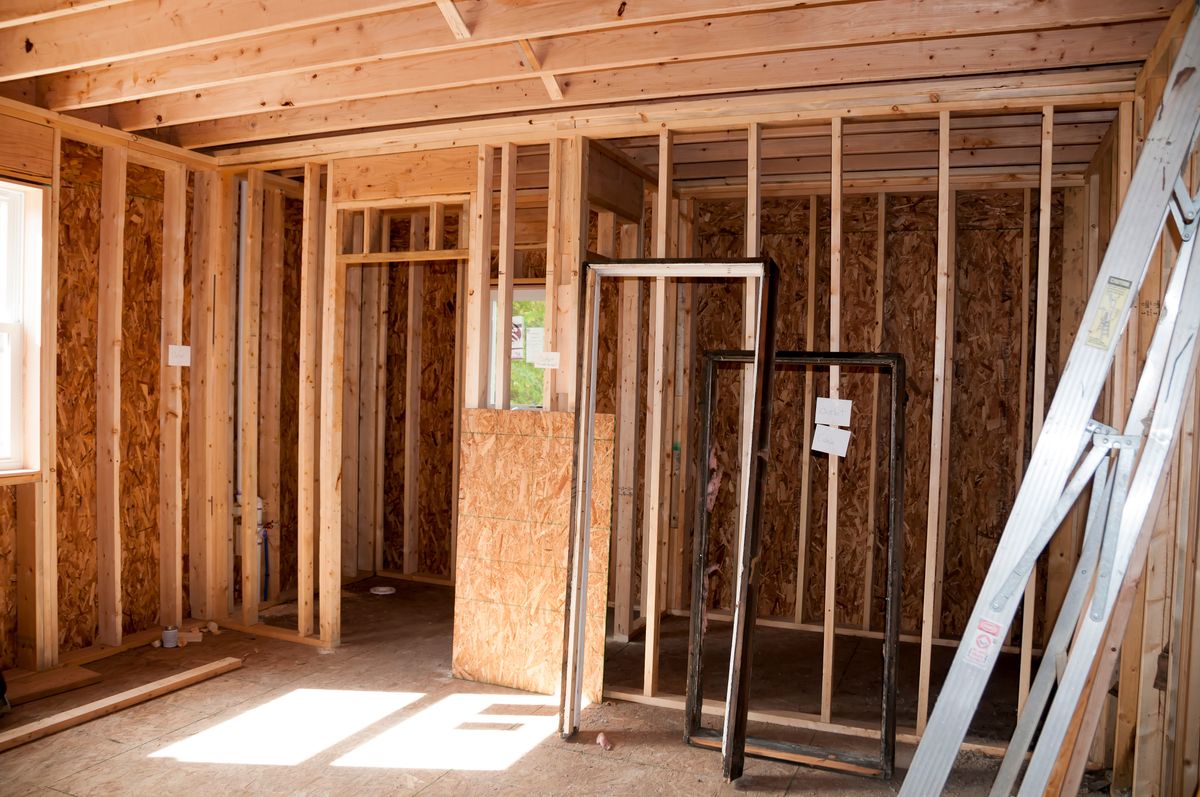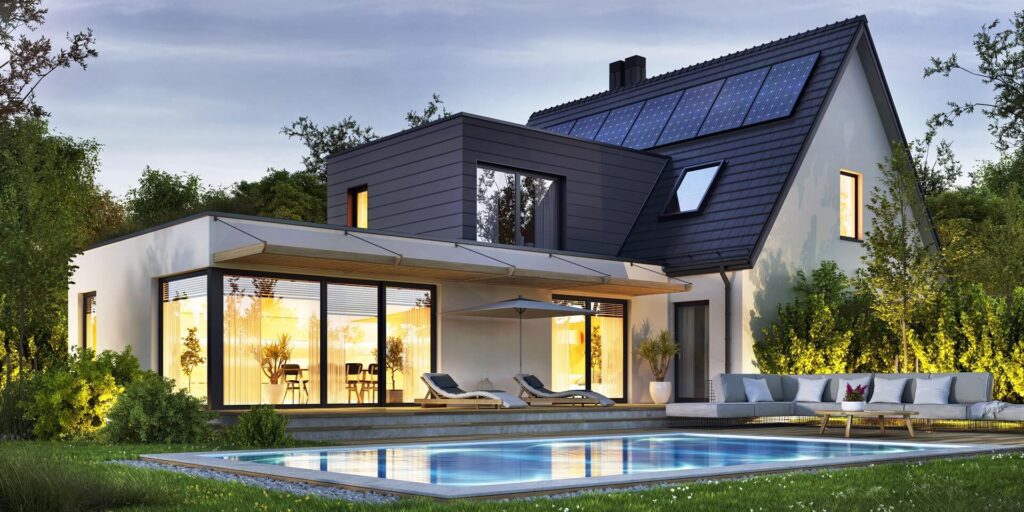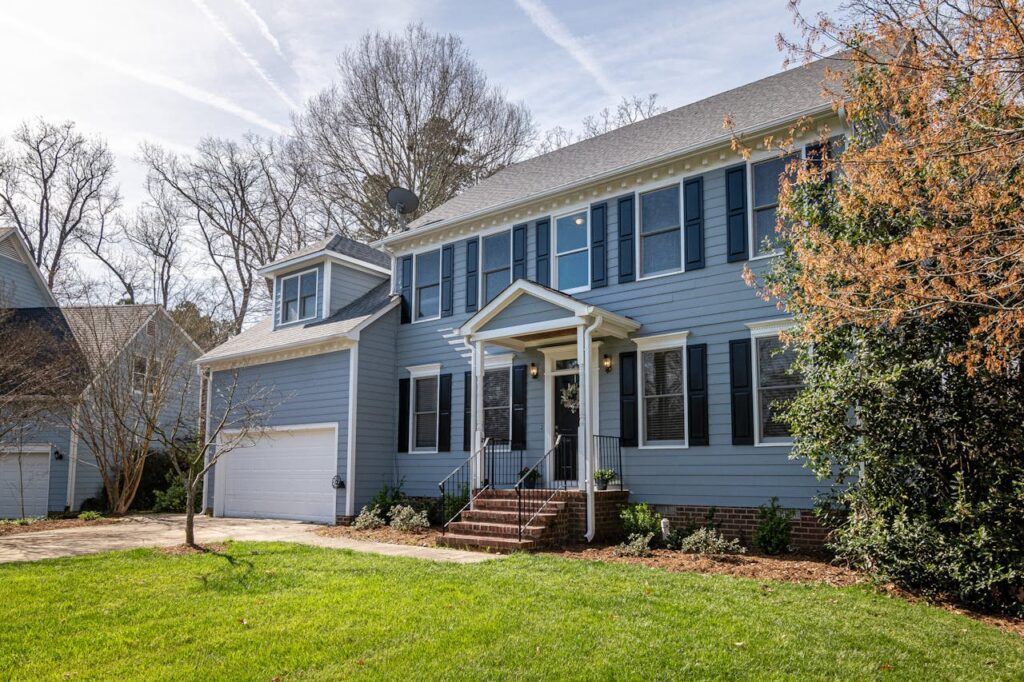Adding a second story to your home is a significant decision that comes with a range of advantages and disadvantages. While it can increase your living space and potentially boost your property value, it also involves considerable costs, planning, and disruption. Here’s an in-depth look at the pros and cons of adding a second story to your home.
The Pros of Adding a Second Story
Increased Living Space
One of the most obvious benefits of adding a second story is the additional living space it provides. This extra space can be used for:
- Additional Bedrooms: More bedrooms can accommodate a growing family or provide guest space.
- Home Office: A dedicated workspace, especially important with the rise of remote working.
- Entertainment Area: Extra space for a playroom, media room, or home gym.
- Bathrooms: Additional bathrooms can reduce morning congestion and add convenience.
Enhanced Property Value
A well-executed second-story addition can significantly increase the value of your home. Potential buyers often view added square footage and improved functionality as major benefits, which can lead to a higher selling price.
- Market Appeal: Larger homes generally attract more buyers and can command higher prices.
- Return on Investment: While the initial cost is high, the increase in property value can offer a good return on investment, especially in high-demand areas.
Preserving Yard Space
By building up rather than out, you preserve your yard space, which is particularly beneficial if you have a small lot or enjoy outdoor activities and gardening. This approach maintains your outdoor living area and can be a crucial factor in neighborhoods with limited lot sizes.
Improved Views
A second story can provide enhanced views of your surroundings, which can be a significant aesthetic and emotional benefit. Whether it’s a cityscape, a view of nature, or simply a more expansive outlook, the upper level can offer a new perspective.
Separation of Living Spaces
Adding a second story can help create distinct living areas within your home. For instance:
- Private Retreat: A master suite on the second floor can serve as a private retreat away from the hustle and bustle of the main living areas.
- Zoning for Noise: Separating sleeping areas from common areas can help manage noise and create a quieter, more restful environment.
Modernization Opportunities
Renovating to add a second story offers a chance to update and modernize your home:
- Energy Efficiency: Incorporating modern insulation, windows, and HVAC systems can improve energy efficiency.
- Smart Home Features: Integrating the latest technology for convenience and improved living standards.
- Aesthetic Upgrades: Updating the exterior facade and interior design to match contemporary tastes.
The Cons of Adding a Second Story
High Cost
The financial investment required for adding a second story is substantial. Costs can include:
- Construction: Materials and labor for building the additional floor.
- Design: Fees for architects, engineers, and designers.
- Permits: Obtaining the necessary building permits.
- Finishing: Interior finishes like flooring, paint, and fixtures.
Structural Challenges
Not all homes are structurally suited to support a second story. Structural challenges include:
- Foundation: Reinforcing or modifying the foundation to support additional weight.
- Load-Bearing Walls: Ensuring existing walls can handle the new load.
- Roof Modification: Removing and replacing the roof structure, which can be complex and costly.
Disruption to Daily Life
Construction projects of this magnitude can significantly disrupt your daily life:
- Noise and Dust: Ongoing construction can create a noisy and dusty environment.
- Temporary Relocation: Depending on the extent of the work, you may need to find temporary housing.
- Time-Consuming: The project can take several months to complete, during which your living conditions may be less than ideal.
Permit and Zoning Complications
Navigating the regulatory landscape can be challenging:
- Zoning Laws: Compliance with local zoning laws and restrictions.
- Permit Process: Obtaining the necessary permits can be time-consuming and bureaucratic.
- Homeowners Association: If you live in a community with a homeowners association, their rules and approval processes must be adhered to.
Potential for Design Inconsistency
Ensuring the new addition blends seamlessly with the existing structure can be challenging:
- Architectural Style: Matching the architectural style and materials of the existing home.
- Interior Flow: Ensuring the new space feels integrated and cohesive with the existing layout.
- Aesthetic Appeal: Avoiding a “tacked-on” appearance that can detract from the home’s overall look.
Increased Maintenance
A larger home means more maintenance responsibilities:
- Roofing: Additional roof area to maintain and potentially replace.
- Exterior: More exterior walls to clean, paint, and repair.
- Utilities: Potential increases in utility costs and more systems to service and maintain.
Detailed Analysis of Each Pro and Con
Increased Living Space
Pros:
- Versatility: The additional space can be tailored to your specific needs, such as adding bedrooms for children or creating a home office.
- Future-Proofing: Extra space can accommodate future changes in family size or lifestyle needs, providing long-term benefits.
Cons:
- Design Complexity: Integrating the new space with the existing layout requires thoughtful design to ensure a seamless transition and functionality.
- Furniture and Decor: Additional rooms will require new furniture and decor, adding to the overall cost.
Enhanced Property Value
Pros:
- Equity Growth: The increased value can boost your home equity, providing financial leverage for future investments or loans.
- Marketability: Homes with more space and modern amenities are generally more attractive to buyers, improving marketability.
Cons:
- Market Fluctuations: Property values can fluctuate based on market conditions, so the anticipated increase in value is not guaranteed.
- Tax Implications: A higher property value can lead to increased property taxes, impacting your long-term financial planning.
Preserving Yard Space
Pros:
- Outdoor Living: Retaining yard space allows for outdoor activities, gardening, and the potential for future outdoor projects like patios or pools.
- Aesthetic Appeal: A well-maintained yard enhances the overall aesthetic appeal and enjoyment of your property.
Cons:
- Foundation Constraints: Building up rather than out can put more stress on the existing foundation, necessitating costly reinforcements.
- Zoning Limits: Height restrictions and other zoning regulations might limit the feasibility of building a second story.
Improved Views
Pros:
- Scenic Beauty: Upper-level views can provide beautiful vistas, enhancing the living experience.
- Privacy: Higher floors often offer more privacy, especially in densely populated areas.
Cons:
- Design Limitations: Not all properties will benefit from improved views, and the surrounding environment may not offer significant visual appeal.
- Window Treatments: Larger windows or more windows can increase costs for treatments and potentially impact energy efficiency.
Separation of Living Spaces
Pros:
- Zoning Benefits: Separating sleeping and living areas can improve noise control and create distinct zones for relaxation and activity.
- Privacy: A second-story master suite can offer a private retreat, enhancing personal comfort.
Cons:
- Accessibility: Stairs can pose accessibility challenges, particularly for elderly family members or those with mobility issues.
- Redesign Costs: Significant redesign may be needed to integrate the new floor plan, impacting the overall budget.
Modernization Opportunities
Pros:
- Energy Savings: Incorporating modern insulation, windows, and systems can lead to long-term energy savings and increased comfort.
- Updated Aesthetics: A new addition provides an opportunity to refresh the home’s look, both inside and out, aligning with contemporary styles.
Cons:
- Higher Costs: Modern materials and technologies can be more expensive, increasing the overall cost of the project.
- Compatibility: Integrating modern features with an older home can sometimes lead to compatibility issues or aesthetic clashes.
High Cost
Pros:
- Quality Investment: High-quality materials and professional labor ensure a durable and long-lasting addition.
- Customization: Investing in a second story allows for customization to meet specific needs and preferences, providing a unique living space.
Cons:
- Budget Overruns: Construction projects often exceed initial budgets due to unforeseen issues, design changes, or material costs.
- Financing Challenges: Securing financing for such a large project can be difficult, and loans come with interest that increases the overall cost.
Structural Challenges
Pros:
- Enhanced Safety: Addressing structural challenges can improve the overall safety and stability of your home.
- Upgraded Infrastructure: Reinforcing the foundation and walls can extend the lifespan of your home’s infrastructure.
Cons:
- Complex Engineering: Structural modifications require detailed engineering work and can be highly complex and costly.
- Disruption: Major structural work can disrupt daily life and may necessitate temporary relocation.
Disruption to Daily Life
Pros:
- Planned Progress: With careful planning, some disruptions can be minimized, and the end result is a significantly improved living space.
- Temporary Solutions: Short-term inconvenience leads to long-term benefits, making the disruption worthwhile.
Cons:
- Stress: Ongoing construction can be stressful and impact the quality of life for the duration of the project.
- Living Conditions: Temporary living arrangements may not be ideal, leading to discomfort and inconvenience.
Permit and Zoning Complications
Pros:
- Professional Guidance: Hiring professionals who understand the local regulations can streamline the process and ensure compliance.
- Legal Compliance: Proper permitting ensures the addition is legal and safe, avoiding future legal issues.
Cons:
- Time-Consuming: Obtaining permits and approvals can be a lengthy process, delaying the start of construction.
- Costs: Fees for permits and potential fines for non-compliance can add to the overall cost.
Potential for Design Inconsistency
Pros:
- Architectural Expertise: Working with experienced architects can help achieve a seamless design that integrates with the existing structure.
- Creative Solutions: Innovative design solutions can turn potential inconsistencies into unique architectural features.
Cons:
- Aesthetic Risk: Poor design choices can lead to a disjointed appearance that detracts from the home’s overall appeal.
- Resale Impact: Design inconsistencies can negatively impact resale value if the addition looks out of place or poorly integrated.
Increased Maintenance
Pros:
- Improved Systems: New additions often come with upgraded systems and materials that require less maintenance in the long term.
- Maintenance Planning: Regular maintenance can be planned and budgeted for, ensuring the home remains in good condition.
Cons:
- Ongoing Costs: More space means more area to maintain, leading to higher ongoing maintenance costs.
- Time Investment: Maintaining a larger home requires more time and effort, potentially impacting lifestyle.
Conclusion
Adding a second story to your home is a significant undertaking with both benefits and drawbacks. The decision should be made after careful consideration of your specific needs, budget, and long-term goals. Consulting with professionals and thoroughly planning the project can help maximize the advantages while minimizing the potential downsides. Whether the added space and increased property value outweigh the costs and challenges depends on your individual circumstances and priorities.

Expand Your Home with a Second Story Addition by Red White & Blue Construction!
Thinking about a second story addition in Lafayette, CA? Red White & Blue Construction is your go-to expert for transforming your home with a custom second story. Enhance your property with an addition that adapts to your evolving lifestyle needs. Known for our proficiency in second story projects, we are dedicated to turning your vision into reality—whether it’s an extra bedroom, a luxurious master suite, or a spacious home office. Our established reputation in the Bay Area highlights our commitment to excellence, craftsmanship, and the high standards we bring to every project.
At Red White & Blue Construction, we are more than just builders; we are the architects of your dream living space. With transparent pricing and exceptional client service, a second story addition is not just an extension—it’s a valuable investment in your home’s future. Trust Red White & Blue Construction for your second story addition. Start your journey of Home Enhancement Excellence and contact us today!
Disclaimer
The materials available on this website are for informational and entertainment purposes only and not to provide advice. You should obtain advice concerning any particular issue or problem from a professional. You should not act or refrain from acting based on any content included in this site without seeking legal or other professional advice. The information presented on this website may not reflect the most current building developments. No action should be taken in reliance on the information on this website. We disclaim all liability concerning actions taken or not taken based on any or all of the contents of this site to the fullest extent permitted by law.





